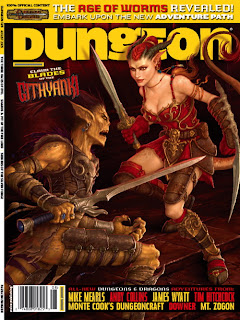Guy Halsall made some insightful comments regarding tabletop representations of the Frankish troops in Roman service in 5th Century Gaul in a recent post (see Comments). In short, he suggested those troops ought to have some distinctive elements of Frankish and Roman appearance - ie. Frankish axes and top knots, but Roman uniforms.
While I have never built a Frankish army like this (I've got an Essex 15mm Early Franks DBA army from the mid-1990s...), I think it could be done with some existing ranges of figures and accessories.
Gripping Beast offers weapon packs of the Frankish axe, which makes it a cinch to give Late Roman figures a quick and easy Frankish look. But what about the top knots? Well, with helmeted figures, no one will be able to tell. However, it would be nice to tell on at least some of the figures. So unless you are looking to do some head conversions, what can you do?
I think some Early Franks figures might could pass for Franks in Roman service if painted right. What I would look for is unarmored types whose tunics look like Late Roman tunics; avoid overlong tunics and skip the fur vests. Equip them with oval shields and paint them to look like your other Roman infantry as opposed to giving them the striped Frankish tunic.
In general, I think some of Wargames Foundry's Early Franks/Saxons "Spearmen Standing" might be the best candidates for this.
The Horsa figure from the Wargames Foundry Arthurian characters pack (he's got the top knot, short scale shirt, and a sword) seems like a good officer candidate. As far as that goes, a number of GB's Early Saxon/German noble warriors could pass for some decent Roman-helmeted officers as well - just add some Frankish axes. Alternately, I suppose these guys could work as well-armored rank and file.
In the meantime, I wish everyone a Merry Christmas and Happy Holidays.
Gripping Beast offers weapon packs of the Frankish axe, which makes it a cinch to give Late Roman figures a quick and easy Frankish look. But what about the top knots? Well, with helmeted figures, no one will be able to tell. However, it would be nice to tell on at least some of the figures. So unless you are looking to do some head conversions, what can you do?
I think some Early Franks figures might could pass for Franks in Roman service if painted right. What I would look for is unarmored types whose tunics look like Late Roman tunics; avoid overlong tunics and skip the fur vests. Equip them with oval shields and paint them to look like your other Roman infantry as opposed to giving them the striped Frankish tunic.
In general, I think some of Wargames Foundry's Early Franks/Saxons "Spearmen Standing" might be the best candidates for this.
The Horsa figure from the Wargames Foundry Arthurian characters pack (he's got the top knot, short scale shirt, and a sword) seems like a good officer candidate. As far as that goes, a number of GB's Early Saxon/German noble warriors could pass for some decent Roman-helmeted officers as well - just add some Frankish axes. Alternately, I suppose these guys could work as well-armored rank and file.
In the meantime, I wish everyone a Merry Christmas and Happy Holidays.




















































